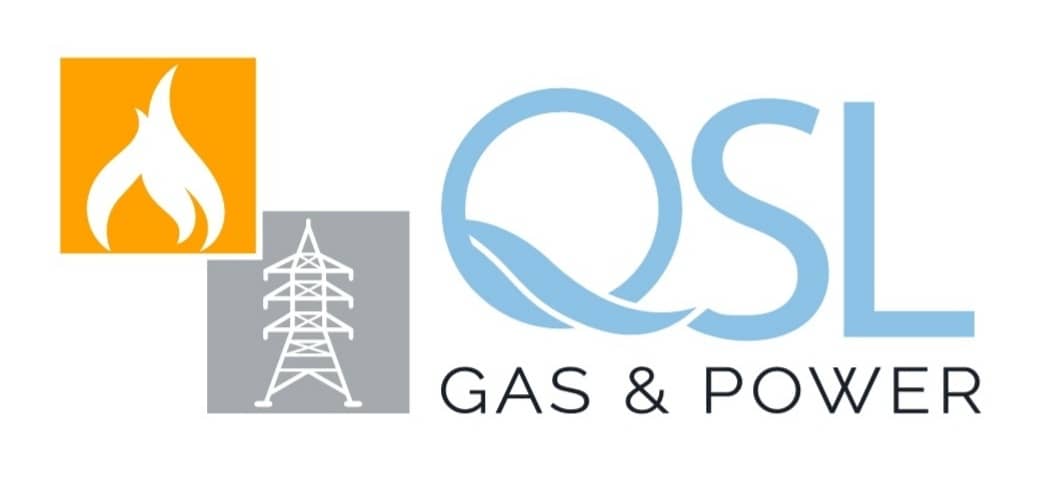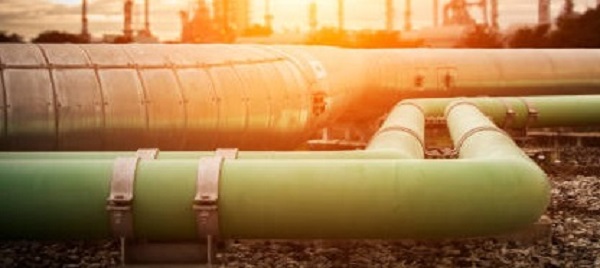Gas supply and transportation refer to the process of getting natural gas from its source to the end consumer. Natural gas is a fossil fuel that is primarily composed of methane, and it is often found in underground reservoirs. The gas is extracted from these reservoirs using drilling and pumping equipment, and then transported via pipelines, ships, or trucks to storage facilities or directly to consumers.
Gas supply and transportation involve several steps, including:
- Exploration: Natural gas exploration involves the search for new gas reserves. Geologists and geophysicists study rock formations, land features, and other geological data to identify potential gas reserves.
- Extraction: Once a gas reserve is identified, drilling rigs are used to extract the gas from underground reservoirs. The gas is then collected and processed to remove impurities and other contaminants.
- Transmission: After the gas is processed, it is transported through pipelines to storage facilities or directly to consumers. Gas transmission companies own and operate pipelines, compressors, and other equipment needed to move gas across long distances.
- Distribution: Gas distribution companies receive the gas from transmission companies and distribute it to end-users, including homes, businesses, and industrial facilities. The gas is delivered via smaller pipelines or trucks to individual customers.
Overall, gas supply and transportation are critical components of the energy industry, providing a reliable and cost-effective source of energy to consumers around the world. However, there are also concerns about the environmental impact of natural gas extraction and transportation, including the potential for air and water pollution, as well as the contribution of natural gas to climate change.




